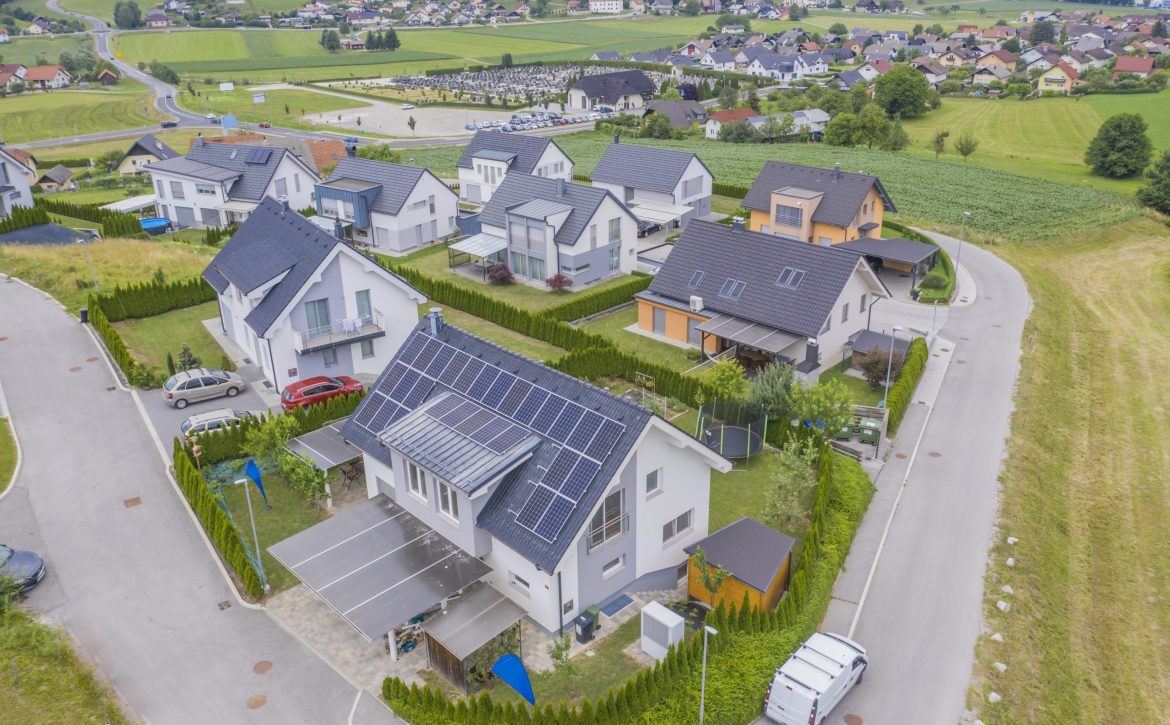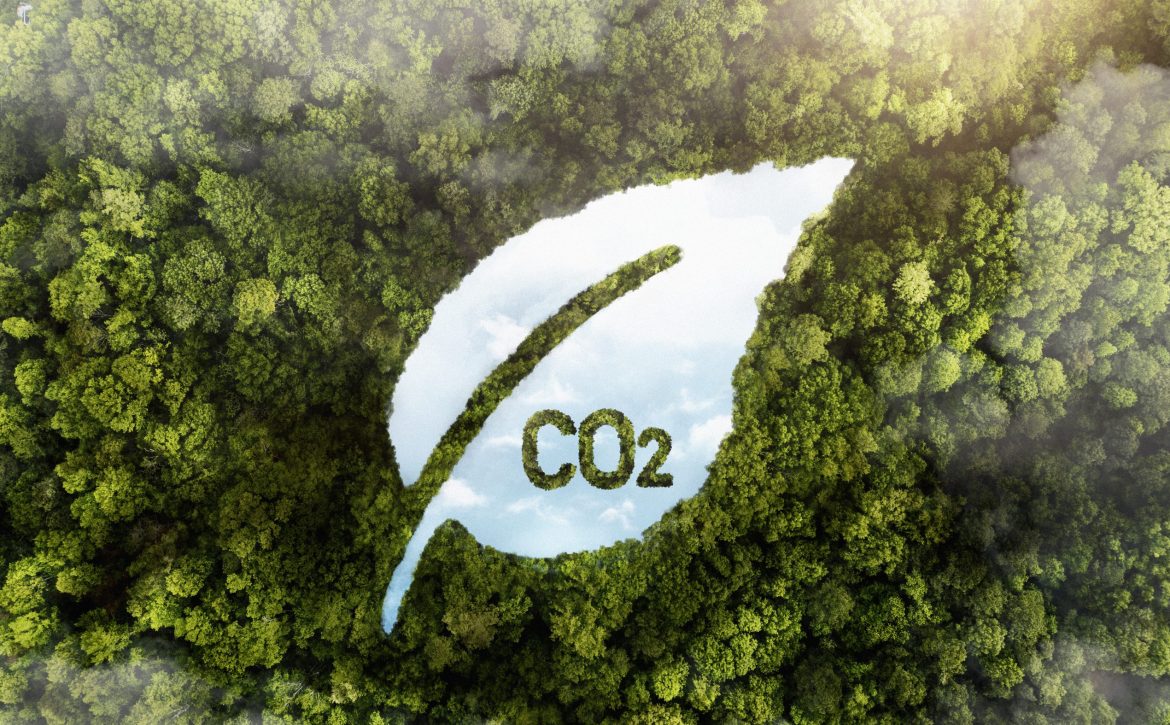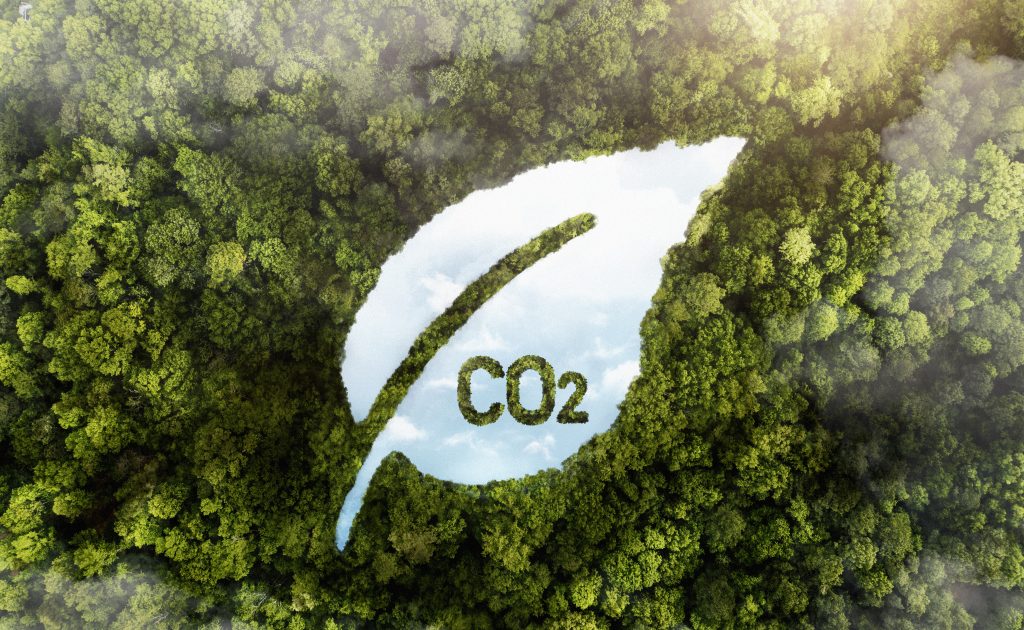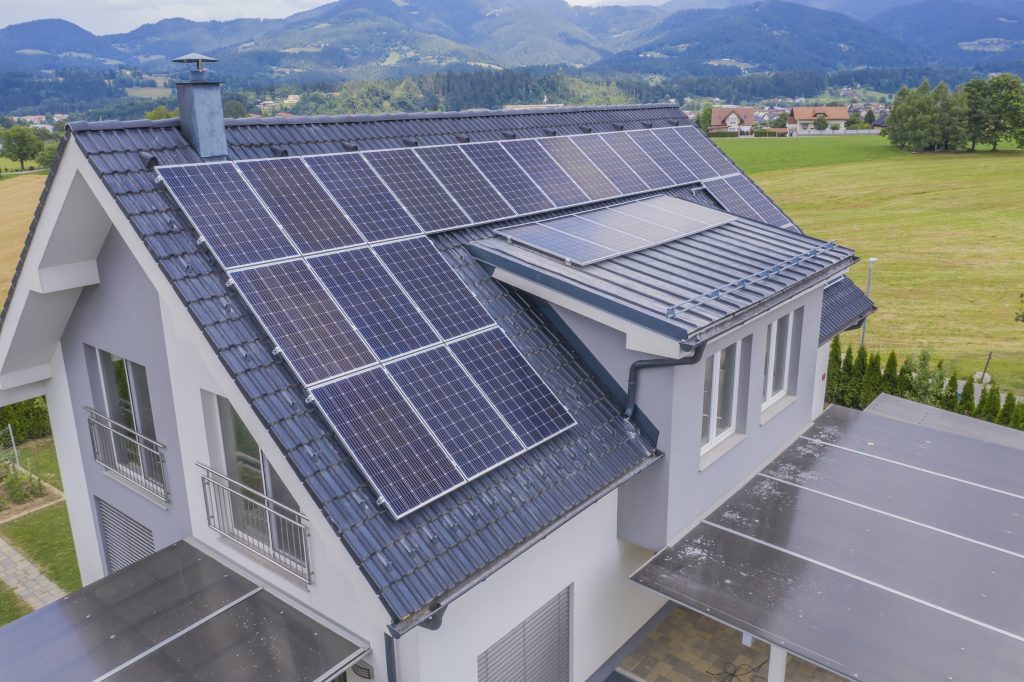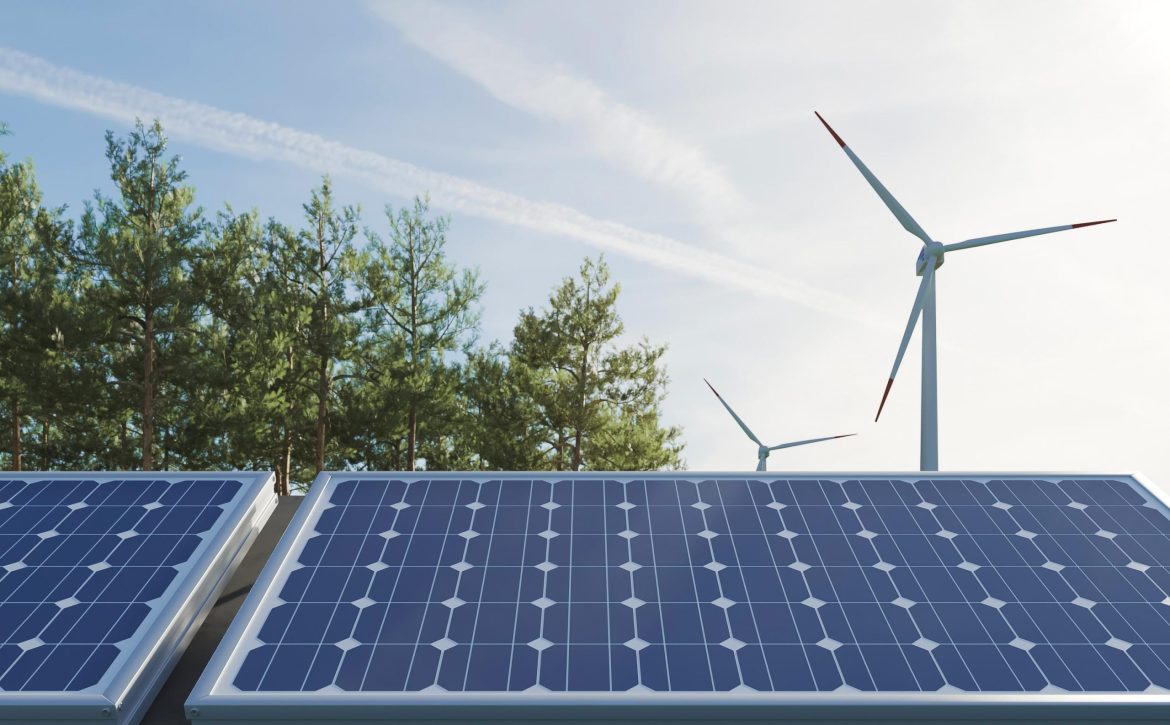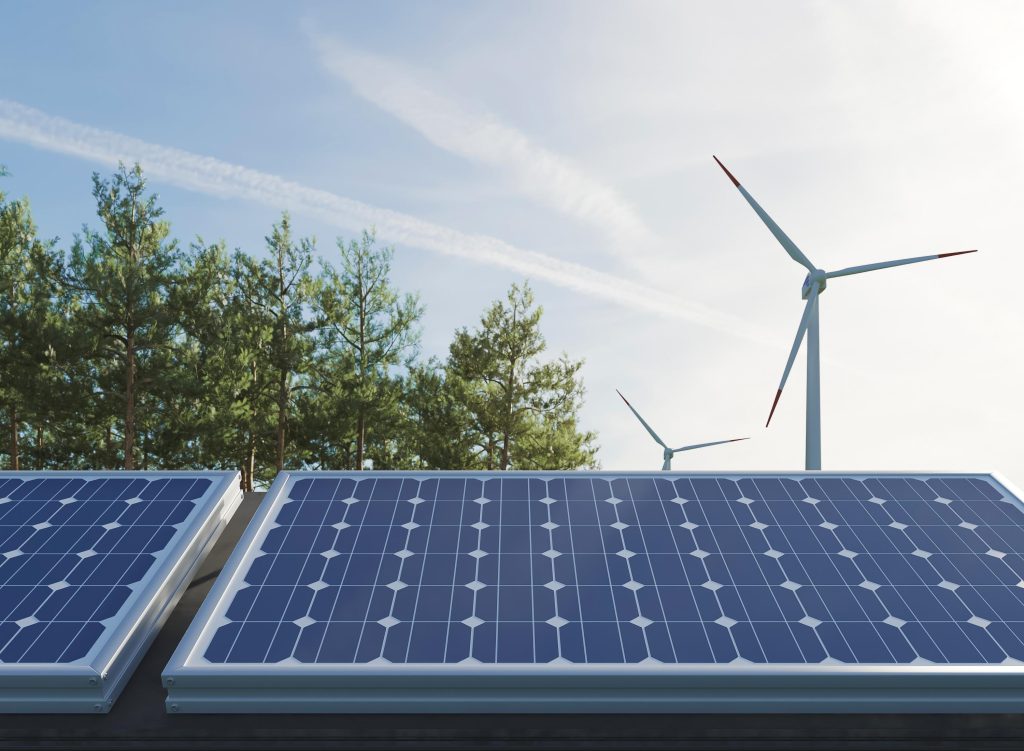How Solar Panel Installation Can Enhance Your Property Value
In recent years, the quest for sustainable and energy-efficient solutions has surged significantly. One of the most impactful and beneficial ways to embrace this approach is through the installation of solar panels. Besides the direct environmental and economic benefits, this decision can also have a surprising effect on your property’s value. Let’s explore how solar energy can enhance the value of your property.
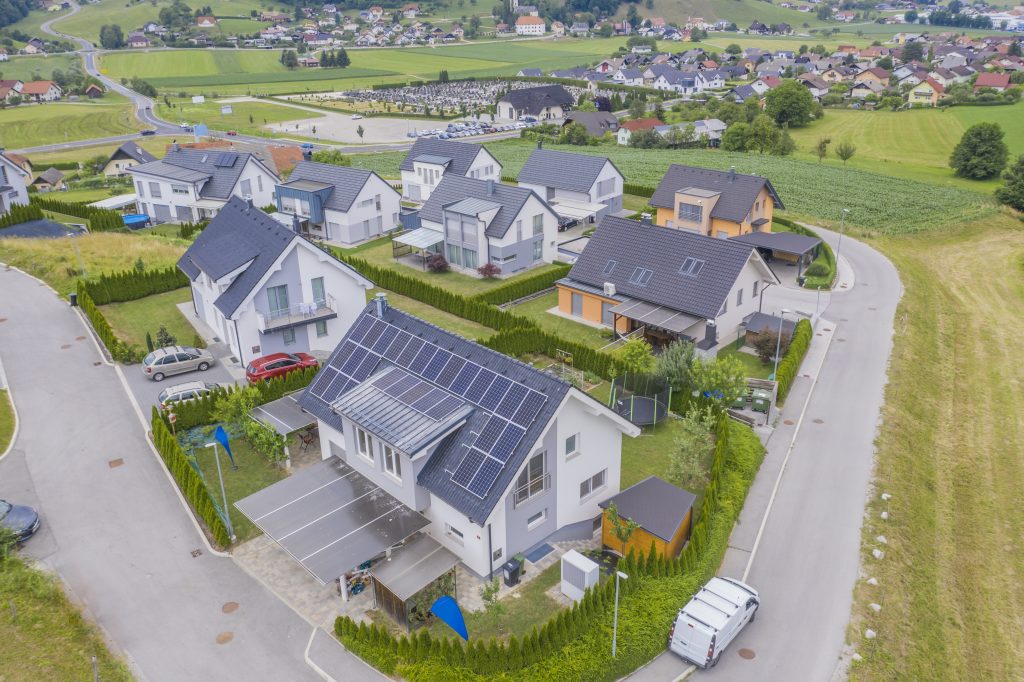
- Property Enhancement: The Impact of Solar Panels
- Property Appraisal and Appreciation: Analyzing market studies and real estate research that highlight the increased value of homes with solar energy systems.
- Buyer Perception: How the presence of solar panels can attract buyers concerned about sustainability and energy savings.
- Factors Driving Appreciation
- Long-Term Energy Savings: Emphasizing reduced energy bills as a selling point for potential buyers.
- Tax Incentives and Credits: Explaining how tax benefits and energy credits can influence the perceived value of the property.
- Concrete Examples and Statistics
- Case Studies: Presenting real-life examples of properties that experienced a significant value increase after solar system installations.
- Market Statistics: Data confirming the growing trend of real estate appreciation linked to solar energy.
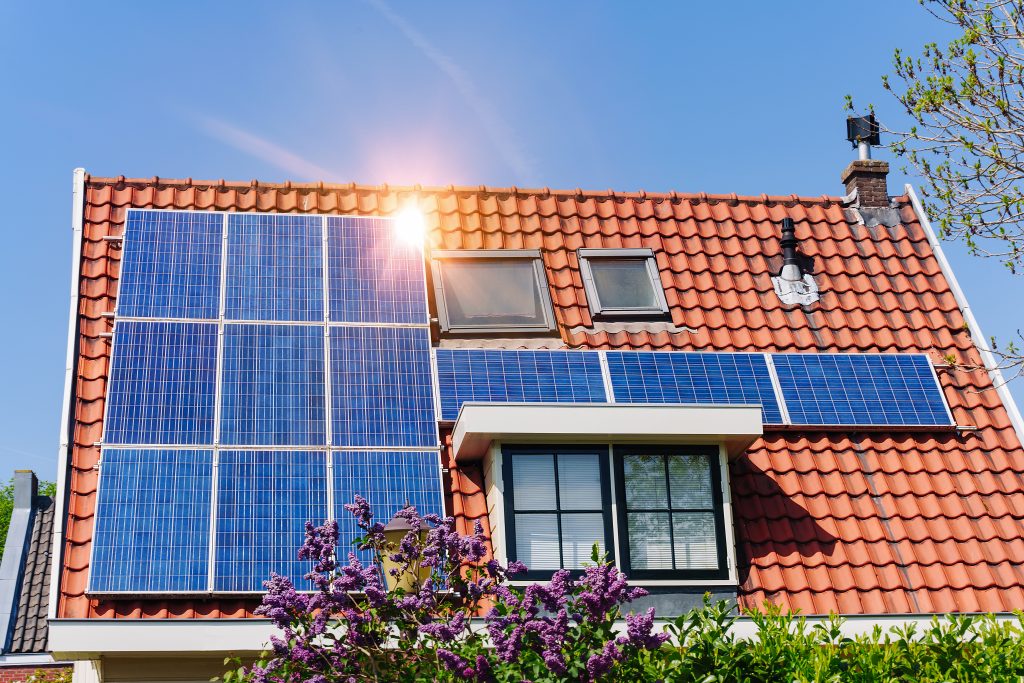
Investing in solar energy isn’t just a smart financial and environmental decision; it can also be a significant factor in boosting your property’s value. Solar panels not only cut energy costs but also add a valuable attraction for potential buyers seeking a more sustainable and economical lifestyle. If you’re looking to increase your property’s worth, solar energy could be the way forward.

